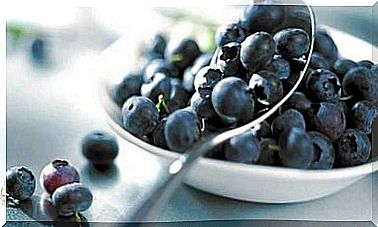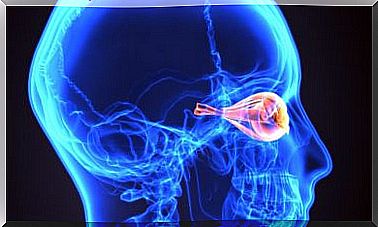Why Is It Not Good To Eat Bread?
Consuming white bread can be as harmful as excess sugar, so if we don’t want to stop eating it, we should opt for healthier alternatives.

In recent years warnings for consuming bread have increased. Although this food has been part of the diet of humans since ancient times, today there are many reasons to avoid it.
The basic recipe is made with refined wheat flour, water and salt; This, added to the preservatives added by some industries, does not make it the best option at a nutritional level. In fact, due to its high carbohydrate content, it is not recommended as part of the diet, especially if the goal is to lose weight. Eating it every day can cause overweight and other metabolic diseases.
Are there more reasons not to eat bread? Yes of course! Although it may be harmless to eat it in small portions, its excessive intake can produce several negative reactions in the body. Find out!
Reasons not to eat bread
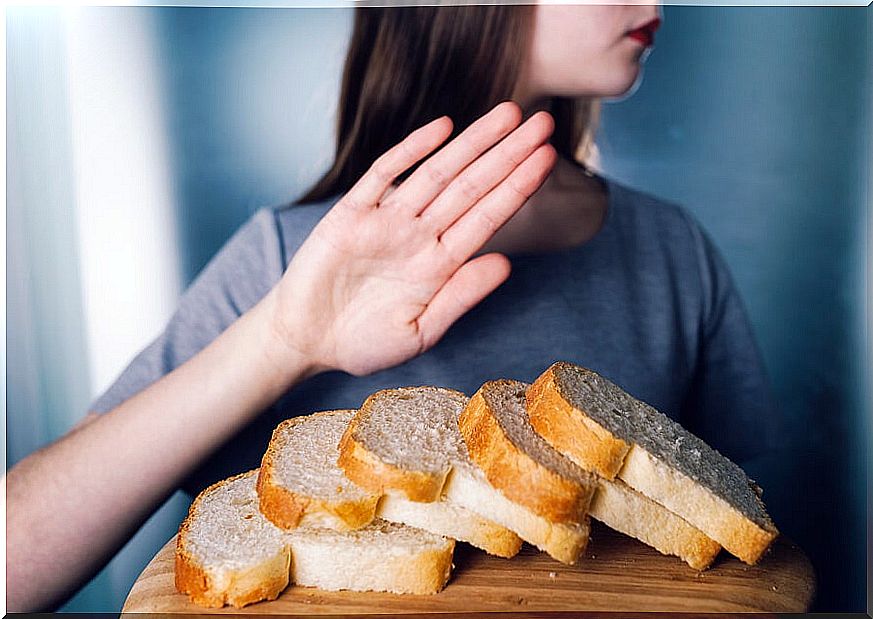
We are going to give you a series of reasons why introducing bread into the usual diet can be counterproductive.
Bread and its low nutritional quality
Bread, especially industrial white, is a food that is very poor in nutrients. During the refining process to which it is subjected, it loses many of its properties, since the wheat germ and the bran are removed.
The result is a product with a low level of fiber and vitamins and minerals that, due to its high concentration of starch, can hinder digestion and metabolism.
Although it is not correct to eliminate all carbohydrates from your diet, sources of flour such as bread are probably the worst option.
Contains a lot of sodium
Consuming too much sodium can lead to some health complications, according to a study published in the Journal of Clinical Hypertension . The most worrying thing is that more than 77% of the amount eaten comes from processed foods, including bread.
This refined food can come with additions of phosphate and sodium bicarbonate, the excesses of which can influence fluid retention and high blood pressure.
- Industrial white bread can contain up to 19 grams of salt per kilo, that is, around 4.7 grams for each 250 gram loaf.
- The maximum dose of salt, according to data from the World Health Organization (WHO), is 5 grams per day per person.
Your glycemic index is high
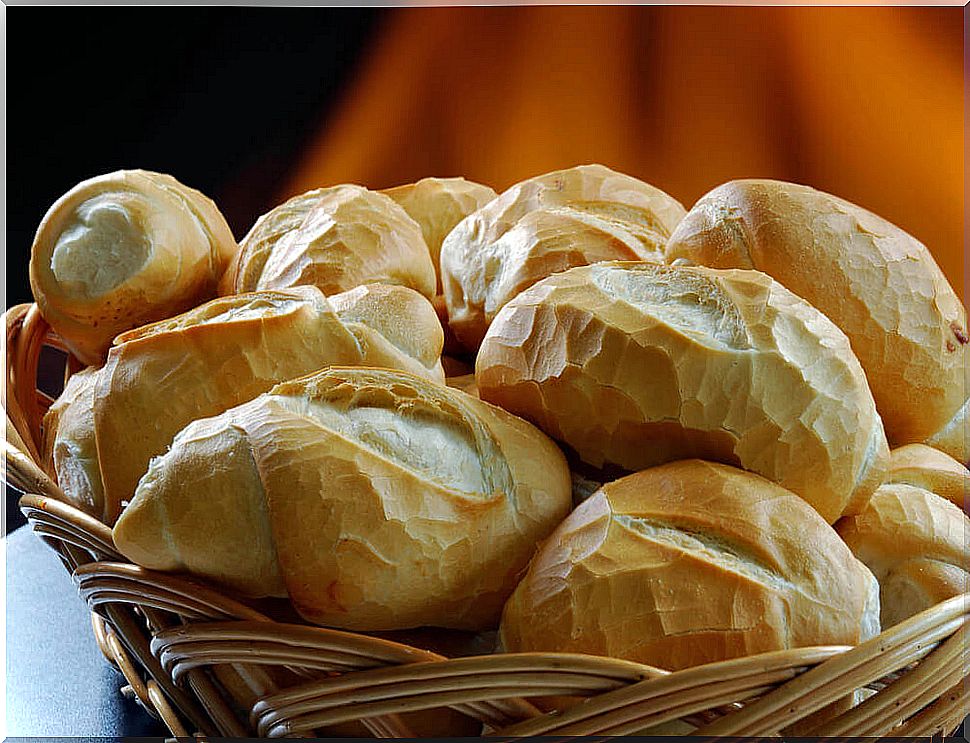
White bread is one of the fast-burning foods with a high glycemic index. This means that, by not being used properly as a source of energy, it causes a waste of insulin and produces high spikes in blood sugar.
Its effects on the body are compared to those produced by white sugar : it raises glucose, affects the functions of the pancreas and affects metabolic disorders such as diabetes mellitus and being overweight. Take into account that increasing blood glucose levels on a regular basis has been shown to generate insulin resistance, which is related to an increased risk of diabetes.
Contains a lot of gluten
The wheat with which the bread is made contains too much gluten. This mixture of proteins facilitate the fermentation of the food, making it more elastic, fluffy and appetizing.
The problem is that many people have a sensitive digestive system that cannot properly process gluten.
- Gluten intolerance or celiac disease causes abdominal pain, diarrhea, gastroesophageal reflux, and inflammatory conditions. This is evidenced by a study published in Deutsche Medizinische Wochenschrift.
How to reduce the consumption of bread?
Stopping consuming bread can be difficult for those who use to incorporate it in multiple ways in their regular diet. However, considering the risks involved, it is good to start taking some measures to reduce it as much as possible.
Replace the bread
Even the healthy breads that are sold in the market can represent a significant source of calories if their consumption is not moderated. For this reason, it is best to find other sources of carbohydrates to replace them in the diet.
- There are many alternative recipes to avoid refined flours in traditional recipes. Wrapping sandwiches with green vegetables or making cauliflower crust pizzas are some examples.
Look for options with 100% whole wheat
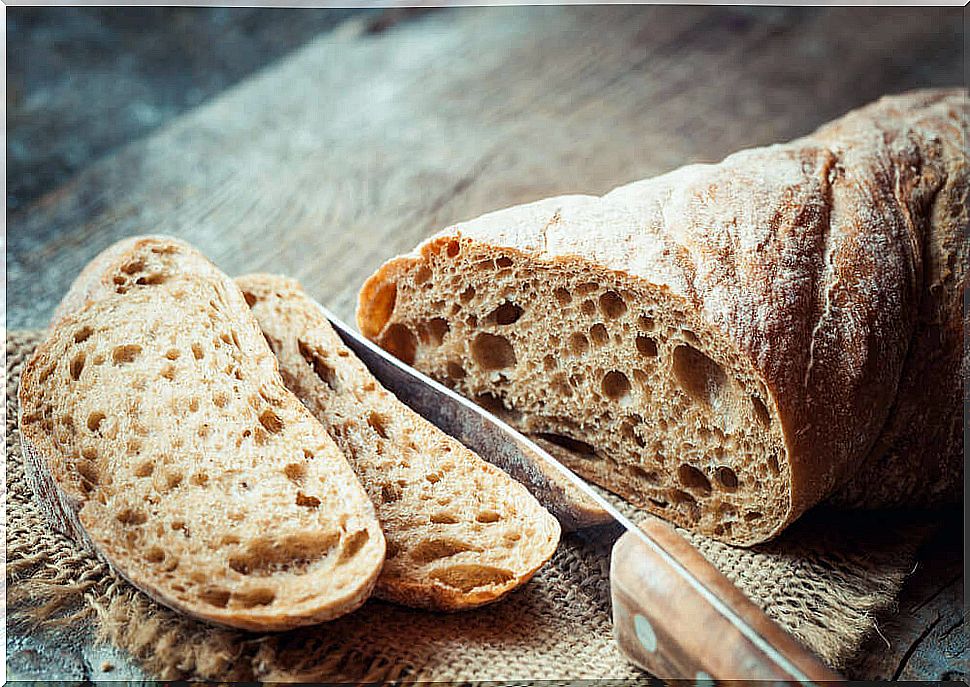
Breads made with whole wheat contain more properties and nutrients than white bread can provide. Although it is usually a bit more expensive, it is a healthy option to add it regularly in the diet. But beware … there are some presentations of bread that are not 100% whole. It is important to check the labels to determine if they have this property in their entirety or if they are combined with refined flour.
Avoid the bread basket
There are many restaurants that serve baskets of bread as an accompaniment to their meals. In order to avoid its consumption, the ideal is to ask the waiter not to leave it on the table.
Cut back on bread to improve health
How often do you usually consume bread? What variety do you choose? Now that you know its negative effects, try to find other healthier foods to replace it. Health will benefit in the long term thanks to this habit.





